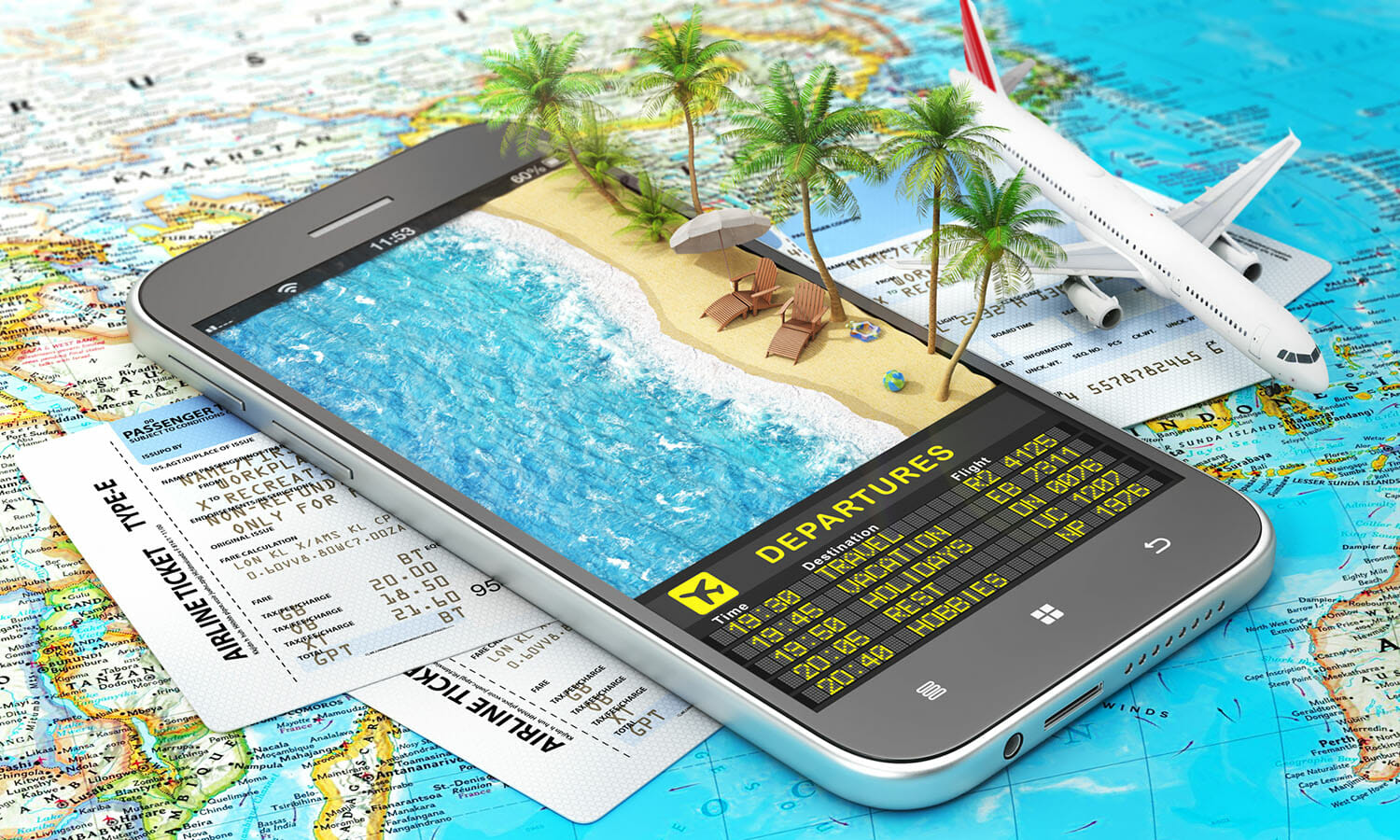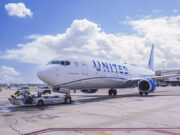 Inevitably, when anyone asks what I do for a living, their reaction to my response is always something along the lines of, “Wow, that’s so great! It must be so thrilling to travel the world!” Being an airline employee certainly has its perks, but only if you use them. A pilot’s schedule can be quite exhausting at times, typically traveling between different cities, states, time zones, and even continents – all in just a few days. For many pilots, the last thing they will want to do, when they finally obtain their precious time off, is willingly step aboard an aircraft headed somewhere other than home. Call me crazy, but that definitely does not describe me.
Inevitably, when anyone asks what I do for a living, their reaction to my response is always something along the lines of, “Wow, that’s so great! It must be so thrilling to travel the world!” Being an airline employee certainly has its perks, but only if you use them. A pilot’s schedule can be quite exhausting at times, typically traveling between different cities, states, time zones, and even continents – all in just a few days. For many pilots, the last thing they will want to do, when they finally obtain their precious time off, is willingly step aboard an aircraft headed somewhere other than home. Call me crazy, but that definitely does not describe me.
I’ve had the unbelievable privilege to not only have the resources to travel on my time off, but the opportunity to do so with relative ease, without breaking the bank. As each airline has its own set of rules and policies associated with employee pass travel, or “non-revenue travel,” it can be quite confusing to understand the nuances and really take advantage of the various tools available. In this article, I’ll discuss a few of the differences between what is available to you as an airline employee here in the United States, and also how that experience may differ for crewmembers – pilots and flight attendants.
In general, it is always better to travel “on your own metal,” meaning on your own airline! Every flight has an associated “standby list,” which is always ranked in one way or another. Revenue passengers, or paying customers, are always on the top of the list. There are myriad reasons why a paying passenger may be attempting to fly standby on a particular flight, but for this article, I’ll stick to the non-rev experience. After all the revenue standby passengers have been accommodated, if seats still remain available, they are generally awarded to pass riders in seniority order –to whomever has worked at the company the longest. An example: A flight from JFK to LAX has three seats available, but four employees are on the standby list. The employee who has been with the company the longest would be first on the standby list, as ranked by “date of hire.” The gate agent would then award the seats in this order, theoretically leaving the last person on the list at the gate, without a seat. To my knowledge, this is true for most of the larger airlines in the U.S., with the exception of American Airlines and JetBlue Airways. These airlines use a system based on time of check-in, not to length of time working at the company. To obtain the highest priority on the list, an employee would check-in exactly 24 hours prior to departure time. This electronic record is then kept and updated each time a new standby traveler checks-in. This can be a significant advantage for newer employees who have the same chance of getting a seat as someone who has been with the company for 40 years, provided the newer employee checked-in earlier than the employee with longer tenure. Now, to complicate matters further, some airlines give their employees an annual fixed number of “vacation passes,” or passes that award the employee with a higher priority for that flight. Clear as mud? We’re not done yet!
Flying on your own airline has significant advantages, aside from priority. In almost all cases, airline employees can travel with their own airline domestically for free, and on international flights, only having to pay the taxes. In January 2017, I flew round-trip from Atlanta to Johannesburg, South Africa nonstop, for a total of $55. Quite the deal wouldn’t you say? Especially since the flight back to the U.S. was in first class!
After all “company” standby travelers have been accommodated, the remaining seats will go to passengers who are flying under a “ZED fare,” another tool airline employees have to get to where they need to go. ZED, for “zonal employee discount,” fares are standby tickets issued to airline employees for a flight that is not affiliated with the company for which the traveler works. Another type of reduced fare employee standby travel is “ID90” which, in theory, gives employees a 90% discount on the fare for that route. These types of arrangements vary greatly from airline to airline, but can be extremely useful for traveling the world. Let’s say your intended final destination is in a city that is not served by your airline. With ZED fares, you are not out of luck! You can simply fly standby (at a very low priority) on another airline that flies to your destination. However, as I said before, it is always better to travel “on your own metal.” As fantastic as ZED fares can be, very full flights and long standby lists will mean your chances of getting a seat can be extremely low, but the discount you receive can greatly make up for the self-induced stress of flying on a ZED fare.
When all else fails, if you are a pilot or flight attendant (and in some cases, a dispatcher), you have the special privilege of using “jumpseat,” agreements. Again, like ZED or ID90 fares, these types of arrangements can vary greatly from airline to airline, and international flights can introduce new rules and policies as well. I’ll focus on the pilot side of things, as that is my area of expertise. Large transport aircraft generally have a minimum of 1 observation seat, also known as the “flight deck jumpseat.” While the flight deck jumpseat(s), is designed for training and examining, purposes, I’d argue that it is primarily used by pilots either going to and from work, or for those who are just trying to hitch a ride, off-duty, when there are no other seats available on the aircraft. In the U.S., in order to sit in a flight deck jumpseat, the pilot must have his or her information in an electronic database called “CASS,” or Cockpit Access Security System. These new policies were introduced following the attacks of September 11 to increase overall security in the flight decks of airliners. Just like the standby list for seats in the passenger cabin, the flight deck jumpseat can also have a priority order if there is more than one pilot requesting access for a particular flight. The rules for priority for the jumpseat can greatly vary from airline to airline, similar to the priority for seats in the cabin. But as a general rule, a pilot employed by the company operating the flight will have a higher priority than one from another airline attempting to hitch a ride. This is also the case when discussing the rather complicated world of the U.S. regional airline system, where many different airlines operate and do business under “express,” or “connection,” brands.
With all these tools available to you, how could you not want to explore every nook and cranny of the world? Successfully flying standby sure can be a daunting task. It’s a bit like playing the lottery. You have to be lucky, especially if you are trying to fly with friends or family, but it can be incredibly worthwhile. Since January 2016, I’ve had the incredible honor to visit 15 different countries, and countless cities, all for less than the cost of a single ticket to Europe! Wherever your journeys take you, I wish you great success and many fun memories. ACN






















































